Overwinter Your Garden with Drip Irrigation
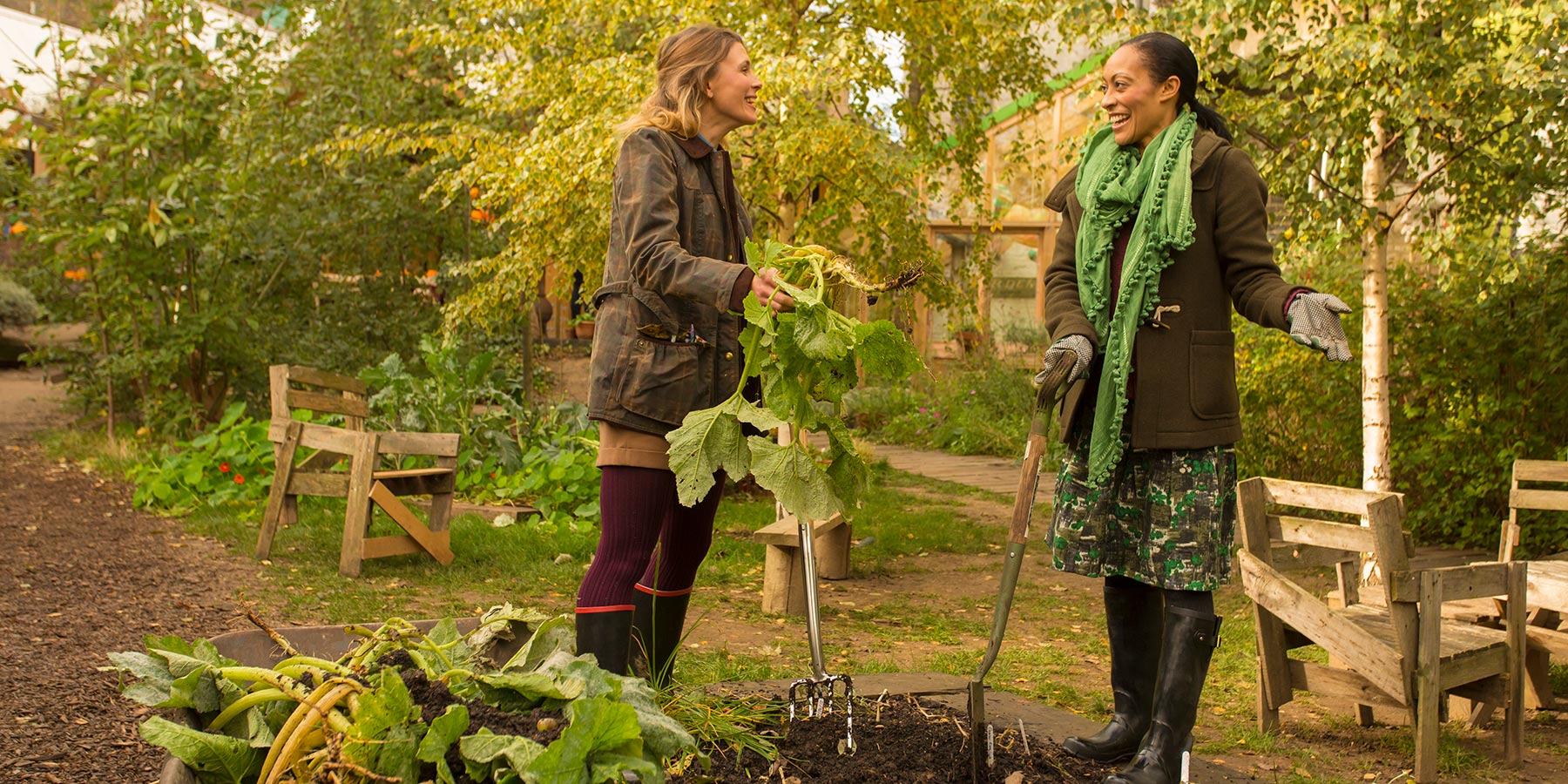
The transition to colder weather can be stressful for plants, but with the right preparations, you can set them up for success. One of the most effective tools in your winter gardening arsenal is drip irrigation. This method ensures your plants receive the precise amount of water they need directly at the roots, minimizing waste and maximizing health.
In this article, we'll explore the benefits of drip irrigation for overwintering, provide a step-by-step guide to setting up your system, and tackle common challenges to keep your garden in top shape all winter long.
What is Overwintering?
Overwintering is the process of preparing plants to survive the harsh winter conditions. It involves strategies to protect plants from cold temperatures, wind, and frost, which can stress or kill plants. By overwintering your plants, you ensure they remain dormant yet healthy, ready to thrive again in spring. Techniques for overwintering vary depending on the climate and the plant species but may include mulching, covering, or relocating plants indoors or to a sheltered area. The goal is to create a stable environment that mimics the natural conditions plants need to maintain health during the dormant season.
Benefits of Drip Irrigation for Overwintering
Plants need water, even while dormant over the winter. Drip irrigation stands out for its water conservation capabilities by delivering water directly to the plant roots. In southern states, where winter temperatures remain moderate, your drip system can continue to irrigate your outdoor winter garden even throughout the colder season. However, the small drip tubing and emitters can succumb to the harsh winter conditions of northern climates, where your drip system may need to be covered or brought indoors or in a greenhouse.
Preparing Your Drip Irrigation System for Winter
Before the first frost hits, it's vital to winterize your drip irrigation system. Start by turning off the water supply and draining the system to prevent pipes, tubing, and emitters from freezing. Check for leaks and repair any damaged parts. Insulate exposed pipes and components to shield them from the cold.
Adjust Water Flow and Timing
Winter conditions require different watering schedules than warmer months. Adjust your drip irrigation system to deliver water less frequently but still adequately. Pay attention to the soil's moisture level and adjust accordingly to prevent overwatering, which can lead to root rot.
Check and Maintain Your Drip System
To ensure optimal performance, check your drip irrigation system regularly throughout winter. Inspect the system for any signs of blockage or damage to any tubing or emitters and address them promptly. Keeping the system in good working order will help maintain the health of your garden.
Frozen Water Supply
Freezing is common in winter, even in southern states like Florida, Texas, and the Desert Southwest. To prevent frozen pipes, insulate them with foam tubing and consider using heat tape in areas prone to freezing. Regularly check the insulation and replace it if necessary. Monitor your water source and make sure it remains unfrozen. If you rely on well water, consider installing a heater to prevent freezing and maintain flow.
Perennial Vegetables Guide
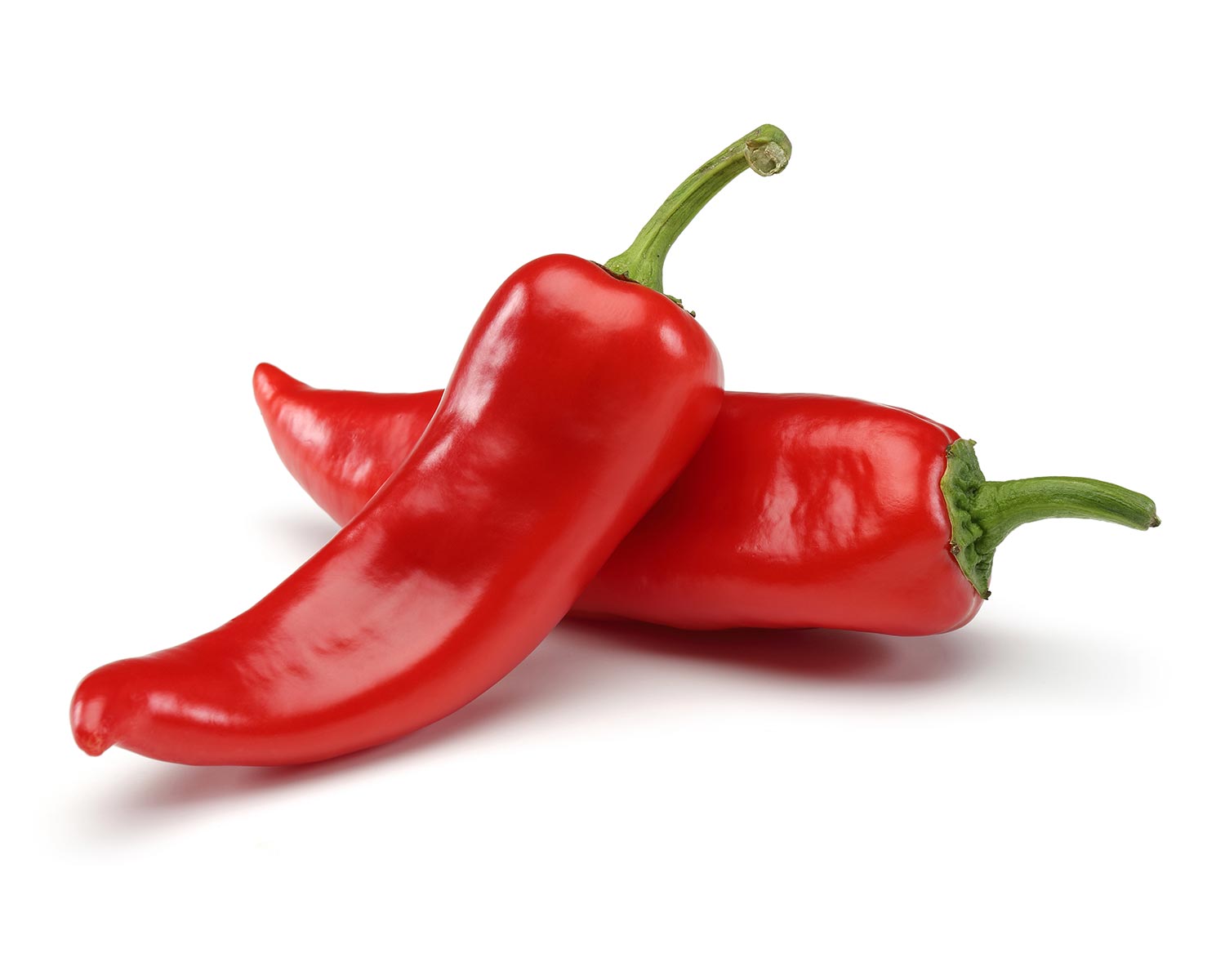
Overwintering Peppers
Peppers are perennial in tropical climates but need protection in colder regions. When nighttime temperatures dip below 45°F, it's time to act. Harvest all the peppers, prune the plant, and then dig it up carefully. Pot the plant and bring it indoors or place it in a greenhouse. This way, you can keep your pepper plants alive and thriving for the next growing season.
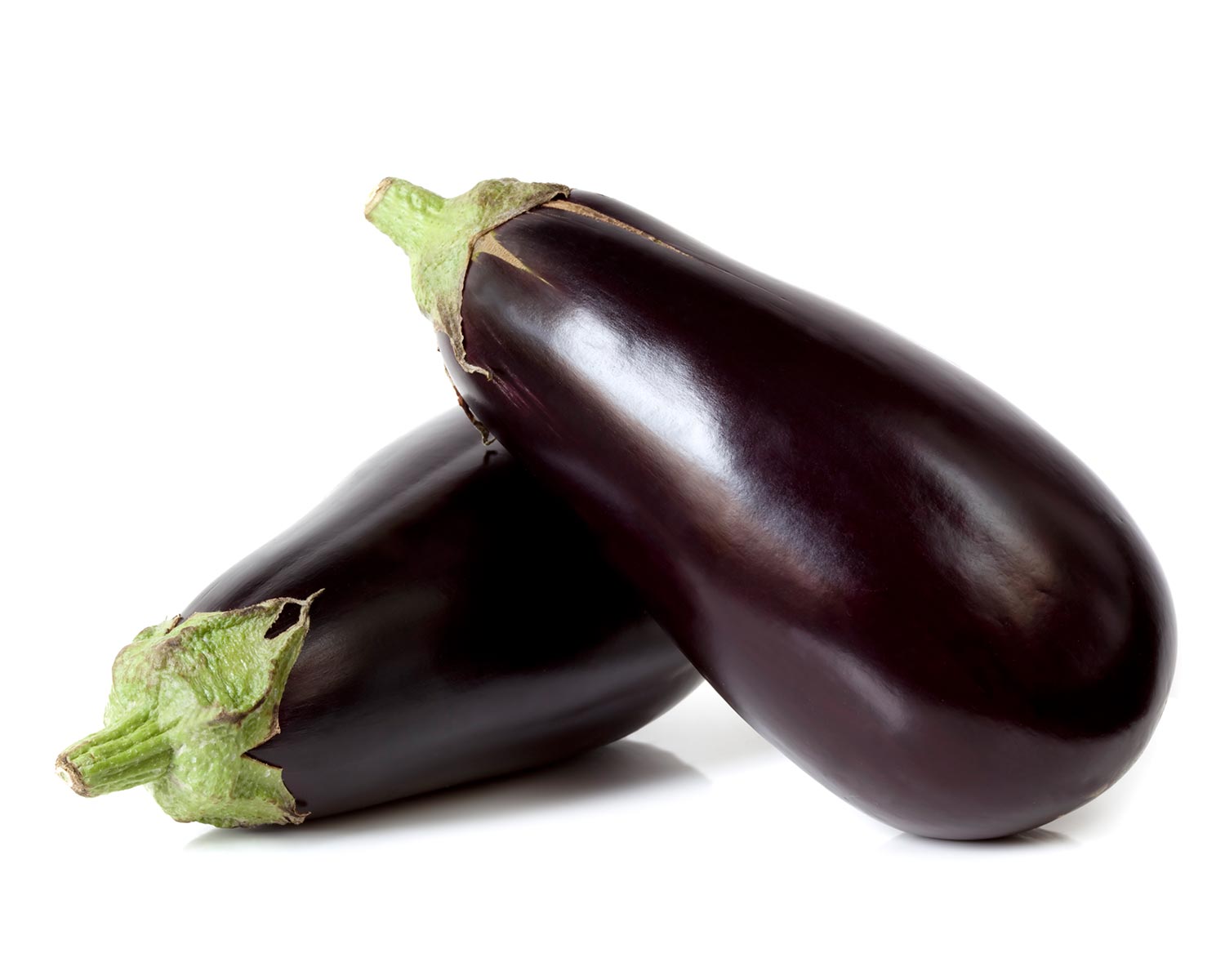
Overwintering Eggplants
Eggplants are another tropical perennial that needs winter protection. Dig up the plant with its root ball intact and pot it carefully. Place the pot indoors or in a greenhouse where it can receive sunlight. Maintain temperatures above 50°F to ensure survival through winter.
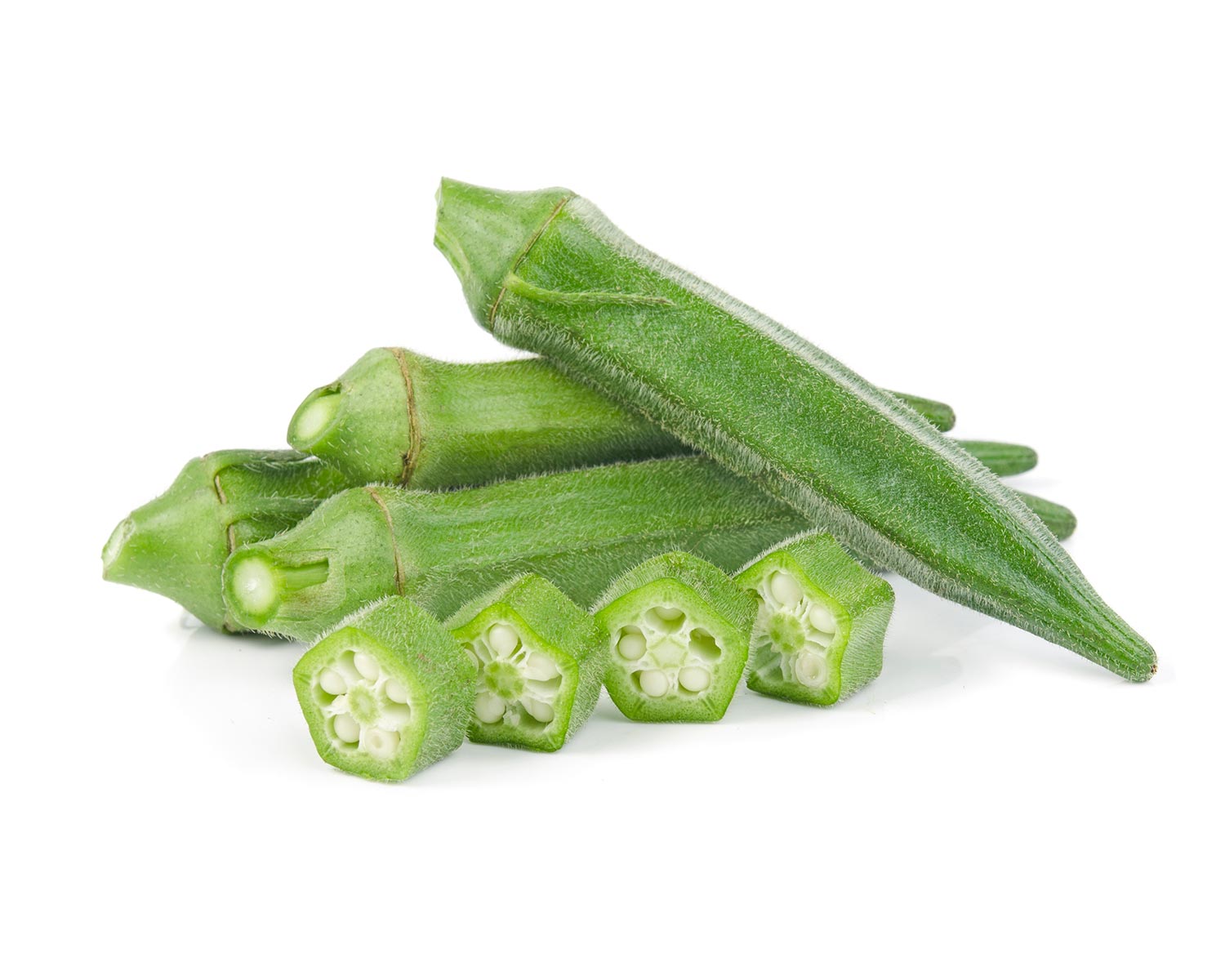
Overwintering Okra
Okra plants can grow tall and produce bountifully in full sun. For overwintering, prune the plant and dig it up, being careful with the roots. Pot the plant and keep it in a warm, sunny spot indoors or in a greenhouse to get a head start on the growing season next year.
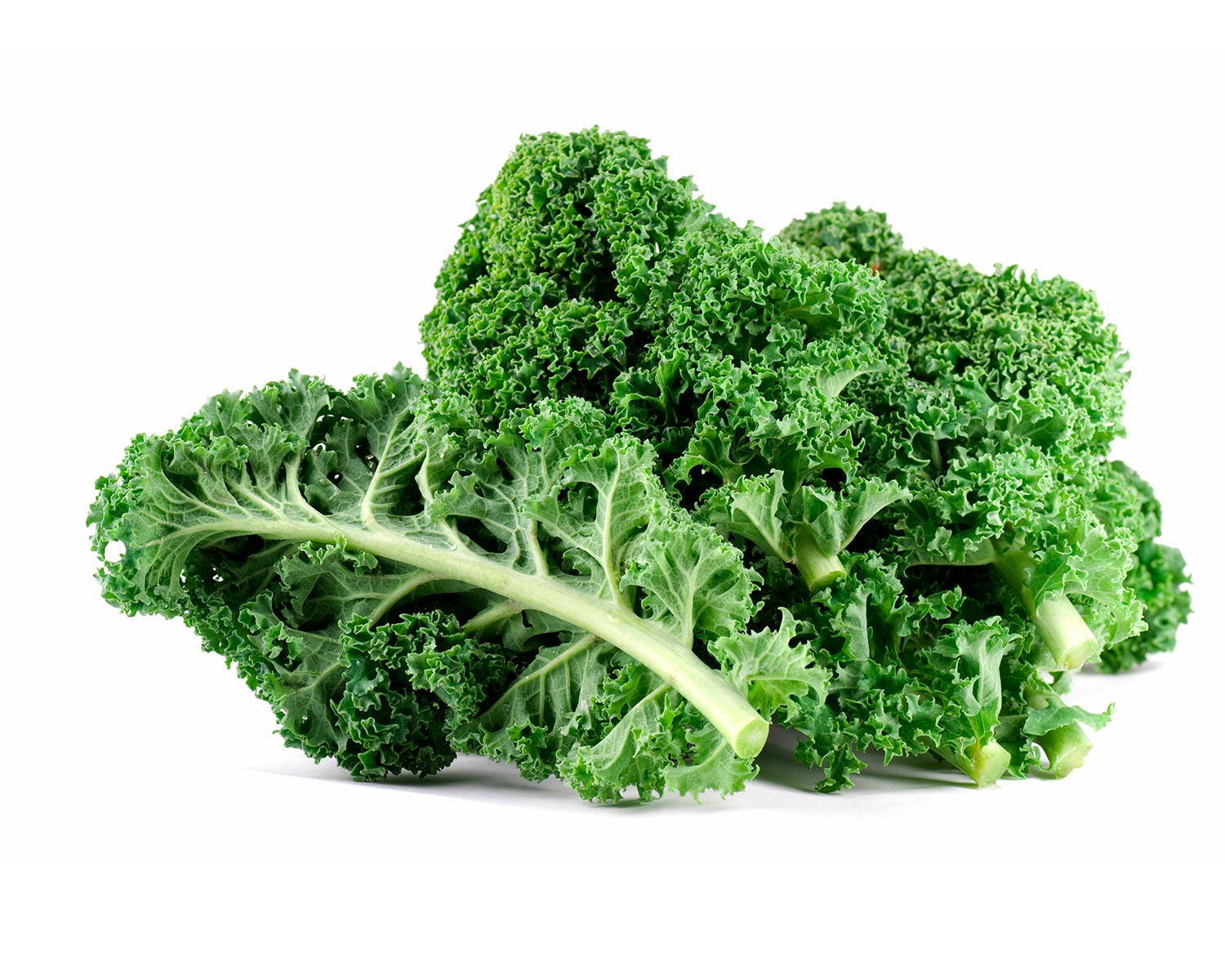
Protecting Kale from Frost
Kale is frost-tolerant and can survive temperatures as low as 10°F. However, to prevent stunted growth and preserve leaf quality, cover the plants with plastic totes or greenhouse fabric. In extremely cold regions, consider digging up and potting kale plants to bring them indoors.
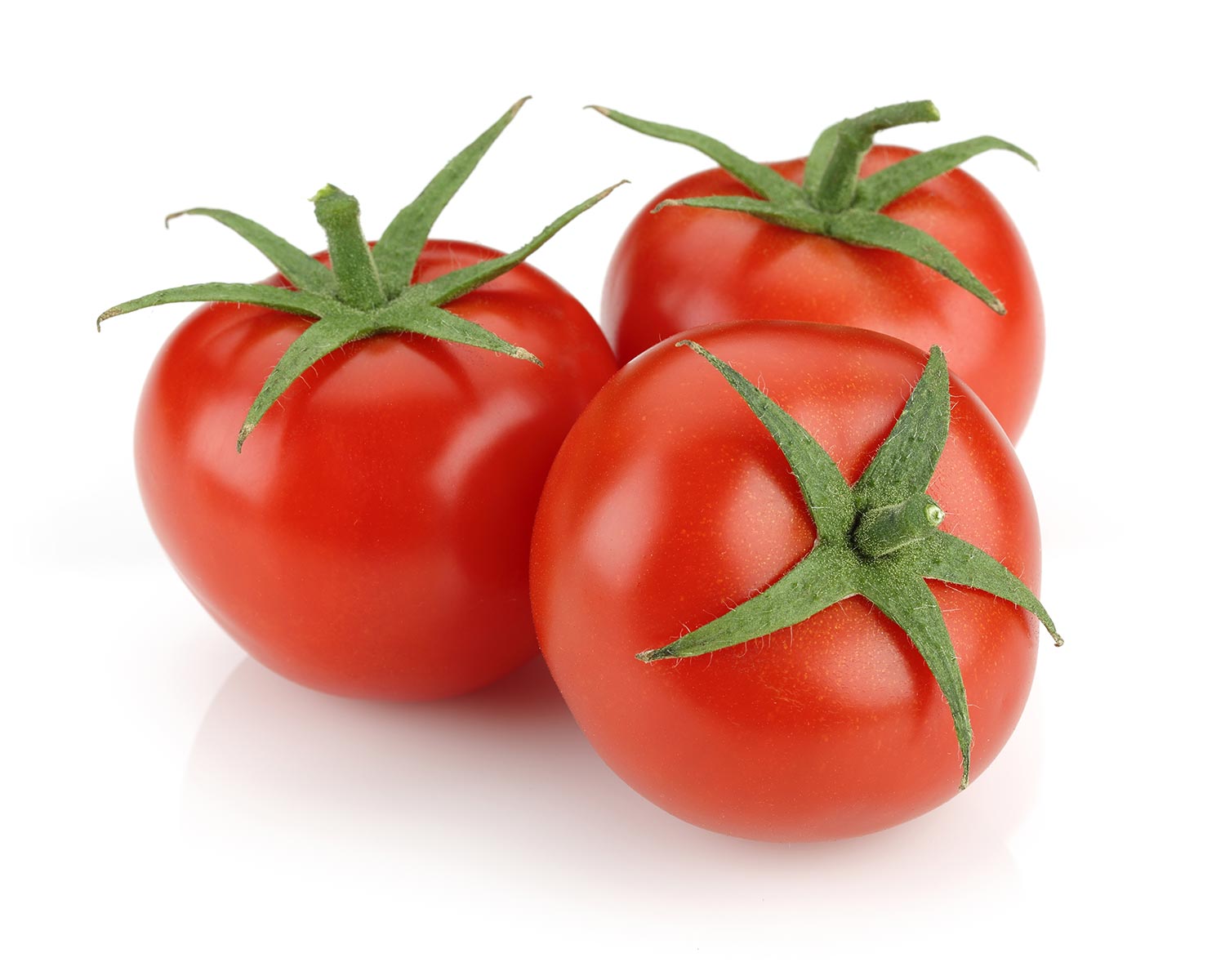
Overwintering Tomato Plants
Tomatoes are perennial in tropical climates but perish in frost. To overwinter, take cuttings from healthy plants, root them in water, and then pot them indoors. This method allows you to maintain a healthy tomato plant through winter and enjoy an early spring harvest.
Drip irrigation is an invaluable tool for maintaining garden health through winter. Its precise water delivery system, deep root watering, and insulation properties make it a must-have for any gardener looking to winter-proof their garden. By maintaining your drip irrigation system, you can ensure your plants receive the care they need to survive the cold months and flourish in the spring.
Looking for more tips and strategies to enhance your gardening experience? Explore Rain Bird's range of drip irrigation products tailored for effective garden overwintering.
